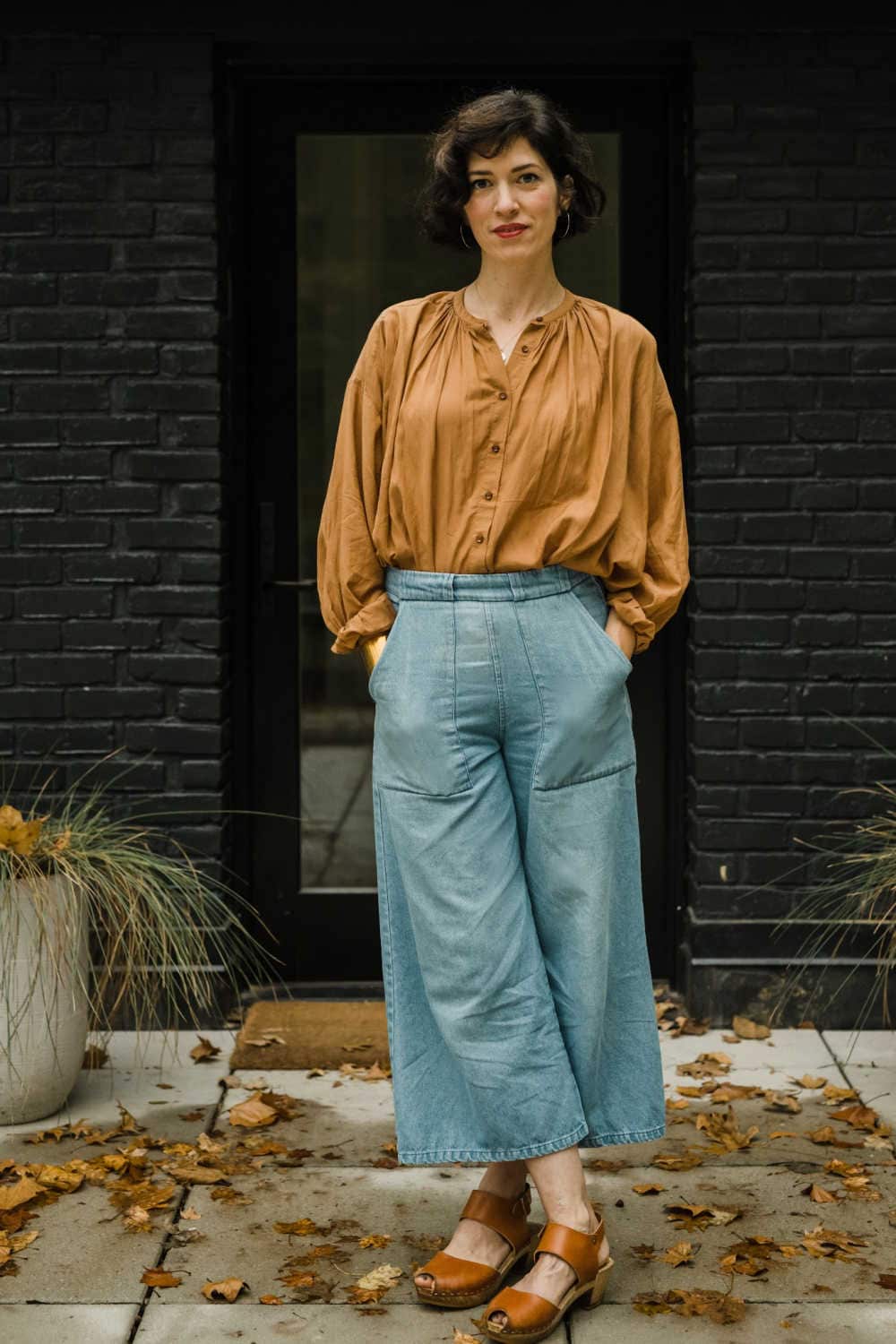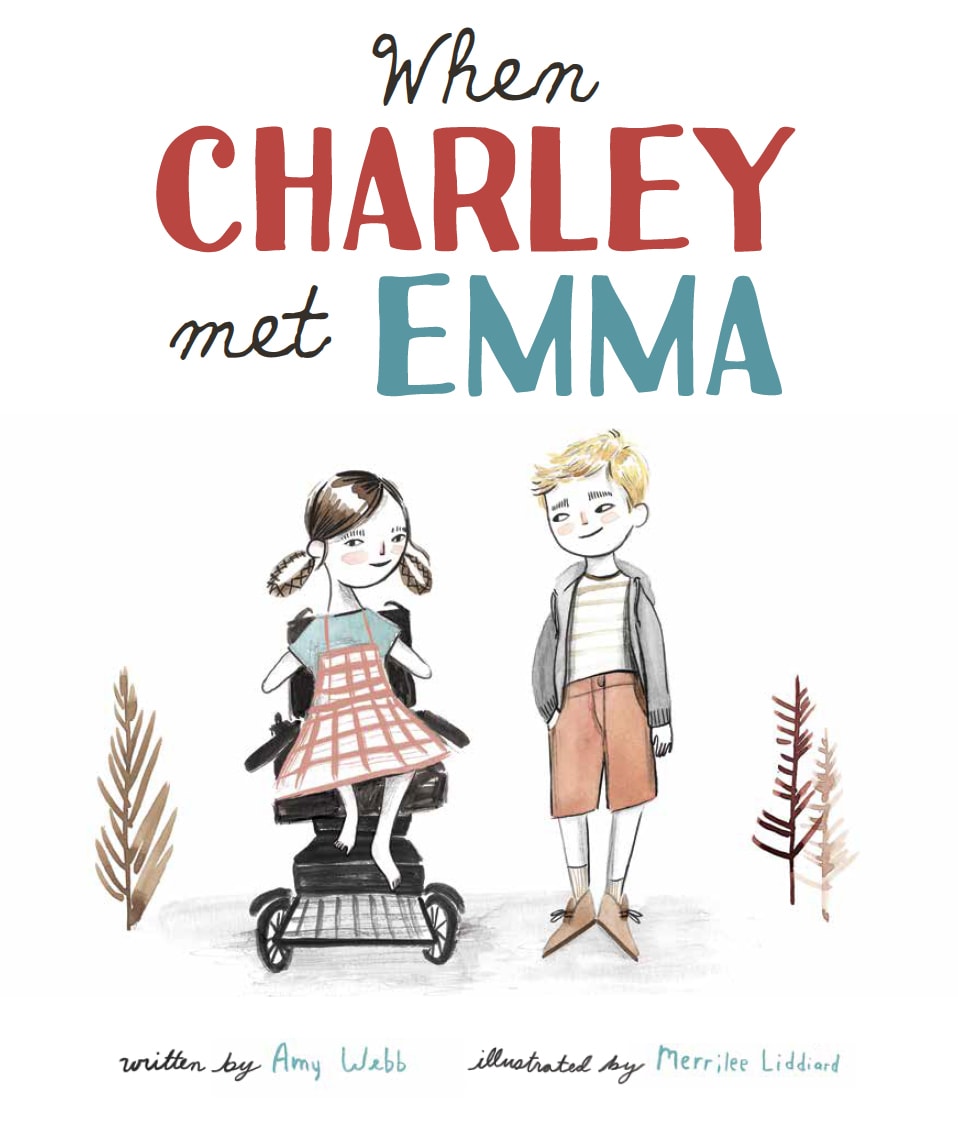***Hey guys, Miggy here. Before todays spotlight I just wanted to post a link to a sweet family who’s youngest daughter was born with Trisomy 4p and at 15 months old passed away this week. It seems that her passing was unexpected. If you feel so inclined to check out their blog and send some love you can do so here. Friends and family have also set up a donation page to help cover medical expenses and funeral costs–if you’d like to donate an item to be auctioned, or money you can check it out here. Thanks.***
Hi Miggy! Thank you so much for this space, I am so excited to share a little bit of my story with you. I am a 20 year old college honors student and am double majoring in Psychology and Women’s and Gender Studies. I have a 4.0 GPA, volunteer, work, and live with Ehlers-Danlos Syndrome, as well as a laundry list of other health issues. But, as you can see, my diagnosis is just a piece of my story. I hope you and your readers enjoy!
***************
Miggy: Aviya! Thank you so much for participating in today’s spotlight and sharing your story. As you know I most often talk to parents about their children, but I love doing spotlights from different perspectives as well, so I’m grateful you wrote in. Today we’re going to be talking about you, and your perspective on life as someone with a disability. First can you educate us on Ehlers-Danlos Syndrome. What is it and how old were you when you were diagnosed.
Aviya: Ehlers-Danlos Syndrome (EDS) is a genetic disorder that affects the connective tissues (skin, joints) of the body. It is also an umbrella disorder, meaning that it can lead to other issues such as Fibromyalgia, Postural Orthostatic Tachycardia, or Complex Regional Pain syndrome, all of which I have. There are multiple types of EDS with the most severe being the Vascular type. I have mixed-type EDS, meaning that I have symptoms of both the Hypermobility type and the Vascular type. Although the estimates vary, the most common type, Hypermobility type, is thought to affect about 1 in 50,000 individuals. As a result of my faulty collagen, I have very flexible joints that are prone to partial and full dislocations, poor wound healing, easy bruising, chronic pain, low-tone hearing loss, and multiple cardio-vascular issues.
I was first diagnosed when I was 15, after years of being told by medical professionals that I was crazy or that I was attempting to make up injuries for attention. My diagnosis story is definitely unique: I first diagnosed myself based on a T.V. show. After noticing how many symptoms I had that matched the symptoms of the individual featured, I freaked out a little bit and started doing some research. After meeting with a geneticist, I learned that I fit 8.5 out of a possible 9 diagnostic criteria for EDS. Months of tests and procedures later, my parents and I decided to break from the traditional treatment plan and found an amazing geneticist who specializes in pediatric and adolescent pain. I am currently not involved with any therapies and am much happier and healthier than I ever was before.
Miggy: What was it like growing up with a condition that made you ‘different’ from your peers? Do you remember the age where your awareness of your condition really came into focus? Were you ever bullied because of EDS? If so, how did you cope and combat the bullying?
Aviya: Because I wasn’t diagnosed until high school, the most difficult part about growing up with EDS was frustration that came with a lack of information. It was frustrating to explain that even without a diagnosis on paper that I have a great deal of pain. It was even harder when I was given advice by people who meant well, but for whatever reason couldn’t grasp that, no, I couldn’t just decide to walk. After receiving my diagnosis, I realized that a short and sweet response was usually the most effective. When people seemed innocently curious, I usually gave them a basic run down of EDS. Because people can be harsh, I had a much harder time with certain friends in middle school than at any other point. Looking back on that time, I remember feeling lonely and frustrated because I hated feeling so different. Once I started high school I found amazing friends who helped cushion the hard days and completely changed my outlook.
Miggy: I would love to hear about your family–how did your parents support and raise you to help you be the person you are today? What about your siblings (if any) what role did they play in shaping your perception of yourself and the world around you? Anything your parents did that was super amazing you can pass on to us mothers still in the thick of raising our younguns? Anything they could have done better?
Aviya: My parents have always been my biggest cheerleaders and strongest advocates. Most importantly, they have never attempted to keep me from anything I felt drawn to, even if it completely stressed them out knowing how much I would be up against. My younger sister has always had a knack for keeping me on my toes and pushing me to train just as hard as everyone else, because there is no way I could let my little sister show me up. The most amazing thing that my parents did was encouraging me to keep trying things and they gave me the space to figure out the solutions on my own. When I hurt my shoulder swimming, I found horseback riding. After horseback riding hurt my hip, I started shadowing my childhood dance instructor and eventually began teaching my own classes. They always expected the same level of commitment out of me as they did my sister and never let me use my health issues as a figurative (or literal) crutch.
Miggy: Explain how EDS affects your day-to-day life?
Aviya: Each day I have to plan around my pain. No matter if it is an exam where I can expect to have issues with my thumbs dislocating when I try to write or ankle pain from walking just a little too far, I have to be able to give myself other options when something becomes too much for me. This has given me access to so many different opportunities simply because I know how to find alternatives.
Miggy: Now for a lighter question, I’m a big believer in seeing the humor in life and learning to laugh, so have you ever had any funny conversations/moments due to your EDS? Have you ever been able to laugh at/with/about your disability?
Aviya: From the moment I explain EDS to anyone (including a lot of the doctors that have seen me), I’m always asked to bend myself into weird positions or show them some cool party trick. While I totally get that EDS is interesting and confusing unless you have met someone with it before, no one seems to realize that dislocating my joints is still painful, even if it is easy or happens often.
Miggy: In your email you said that despite some of the complications that come from living with EDS you live a very full and happy life. As you said, you’re a normal 20 year old. What do you want people to know about living with a disability? I’ve written about pity and people using those with disabilities as “inspiration porn” (and to be honest, I even do that myself sometimes) and I think for those of us on the outside it can be a fine line between compassion/empathy and pity/a condescending attitude.
Aviya: The most important thing to know is that I am just like everyone else. Most days, I blend in pretty well. I don’t skip classes, I don’t ask for favors, and I can get by on my own. But even though on most days I look just like everyone else, on my best day I’m hovering around a 5 on a 1-10 pain scale. If I take an elevator, it isn’t because I’m lazy, but because my knee is having trouble staying in place. I’m not overreacting when I pack ace bandages and a knee brace for a weekend away, I’m trying to make sure I don’t slow anyone down more than necessary. In short- just because I look okay does not mean I am. On the flip side, I don’t take anyone’s pity. I don’t think of myself as disadvantaged because I’m not. I will never be a professional dancer, I can’t go on roller coasters, and I won’t run a marathon. It just isn’t in the cards. But at the end of the day, the list of things I cannot do will always be shorter than the list of things I can.
Miggy: Is there anything else you want to share with my readers about EDS, disability awareness or life in general?
Aviya: Just as with many other disabilities, EDS is an invisible illness. Even though you may not notice my disability by looking at me, it still exists. My pain is still real. But life is too short to spend time focusing only on what hurts. I am a person, not a diagnosis.
***************
“At the end of the day, this list of things I cannot do will always be shorter than the list of things I can.” I might just need to put that on a t-shirt or poster. High fives Avi! Thanks so much for sharing your story with us today. I long ago stopped trying to figure out which was harder–disabilities you could see or disabilities you couldn’t see. Both have their disadvantages and hardships, and both have their benefits too. But I can’t imagine how difficult it must have been to be in so much pain and to have doctors and other people tell you that it might just all be in your head. And I love how your parents supported and believed and advocated for you. I really appreciate your overall attitude and outlook on life–pushing yourself to achieve all that you can, but recognizing your very real limits as well. Thanks again Avi!
You guys! Please… if you or someone you know would like to be considered for the spotlight email me, or have them email me directly at thislittlemiggy at gmail dot com.
Have a fantastic weekend!

.jpeg)


So interesting! I had never heard of that disorder and I'm glad to knew about it now.
Thank you so much Miggy and Aviya for sharing this story. Aviya you are very cool and I love the way you speak/write about your life. Do you have a blog?
I am a nursing student and I have heard of your disorder, but I never heard from someone who actually has the disorder. Thank you Aviya for sharing your story. The most important thing I took away from it is to always believe, support, and validate someone's pain even if you can't determine exactly what is causing it.